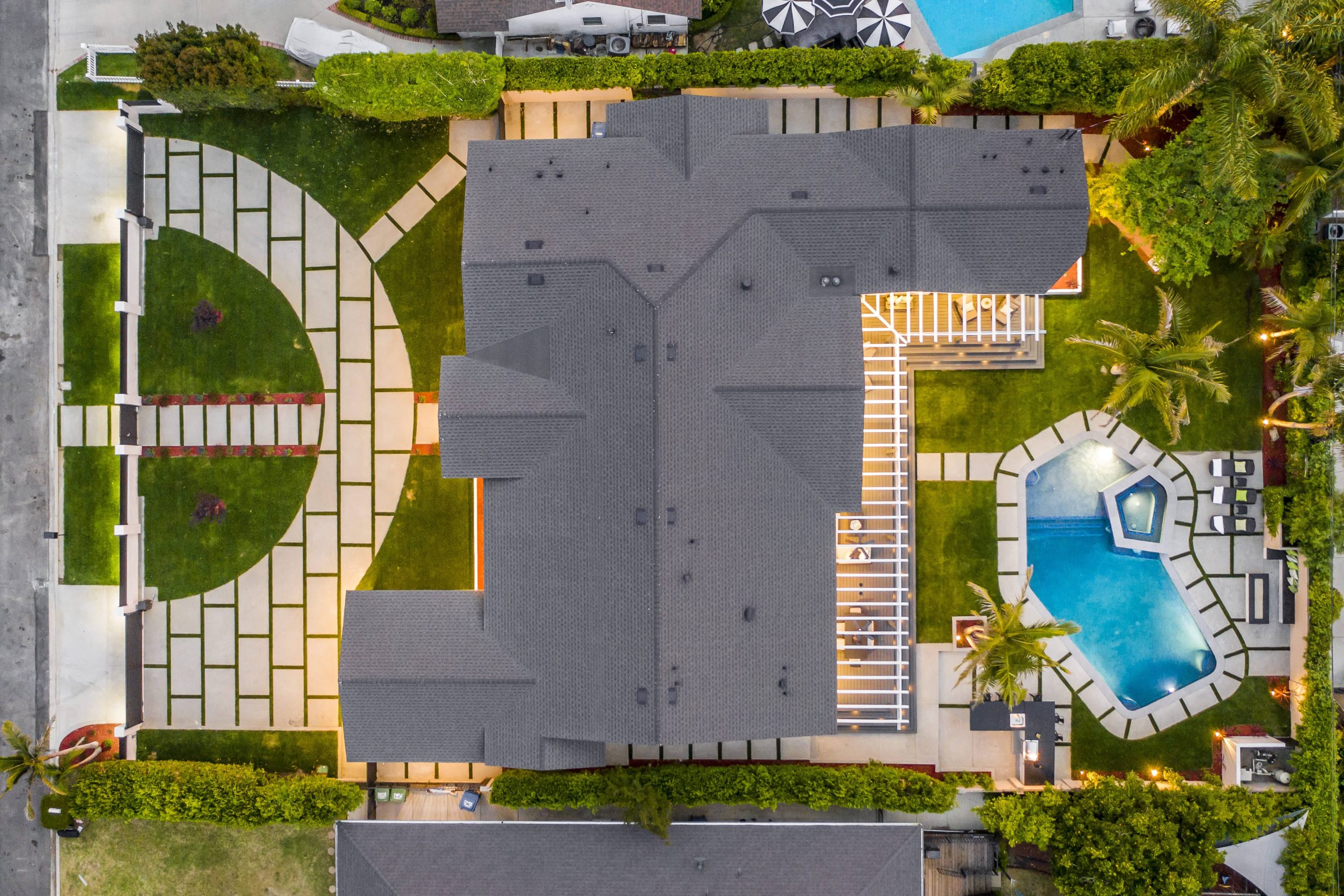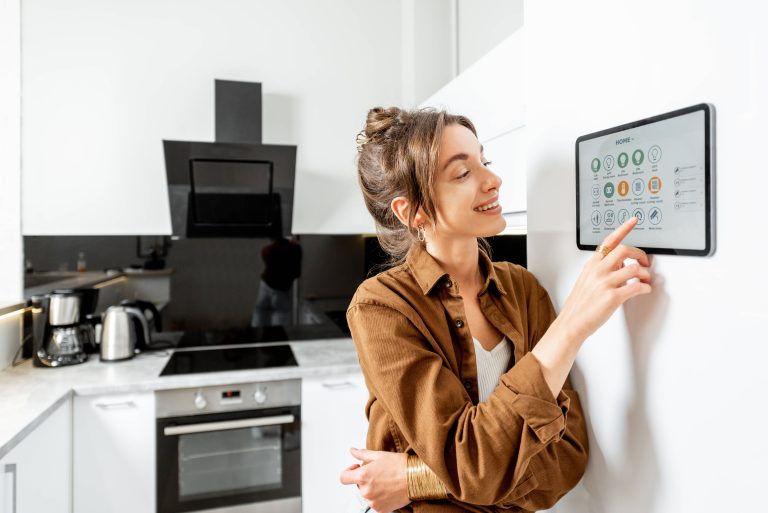
As smart home technology continues to evolve, facial recognition has emerged as one of the most promising yet controversial innovations. This technology leverages advanced algorithms to identify and verify individuals based on their facial features. While the applications for smart home security appear vast and beneficial, facial recognition also raises significant concerns about privacy, accuracy, and ethical implications. In this blog post, we will explore the multifaceted advantages and disadvantages of integrating facial recognition technology into smart homes.
The Advantages of Facial Recognition in Smart Homes
1. Enhanced Security
One of the most compelling advantages of facial recognition in smart homes is its potential to dramatically enhance security. Traditional security measures such as keys and PIN codes can be bypassed or stolen. In contrast, facial recognition offers a unique form of biometric identification that is far more difficult to replicate or hack. By ensuring that only authorized individuals can access your home, the technology adds a robust layer of protection against intruders.
2. Convenience and Ease of Use
Facial recognition technology can simplify daily routines and enhance the user experience. Homeowners no longer need to carry keys or remember complicated passwords. Entry to the home can be granted effortlessly with a simple glance at a camera. This convenience extends to other smart devices within the home as well, automatically adjusting settings or granting access based on recognized individuals.
3. Tailored Experience
Smart homes equipped with facial recognition can offer personalized experiences. Once the system identifies a particular user, it can adjust lighting, temperature, and entertainment preferences to cater to their individual tastes. Such personalization can significantly enhance comfort and satisfaction, making the smart home truly “smart” and intuitive.
4. Automation and Efficiency
Integrating facial recognition with other smart home systems can automate various tasks, making everyday living more efficient. For example, the system can automatically unlock doors, disarm alarms, or even prepare coffee when it recognizes a specific individual. These automated actions save time and effort, adding convenience to the homeowner’s life.
5. Visitor Management
Facial recognition can also be used for visitor management. The technology can identify familiar faces and alert homeowners of visitors, whether they are expected or not. In combination with smart doorbells and cameras, homeowners can keep a close eye on who comes and goes, enhancing overall security.
The Disadvantages of Facial Recognition in Smart Homes
1. Privacy Concerns
Despite its benefits, facial recognition technology raises significant privacy issues. To function effectively, these systems need to collect and store biometric data. The storage and processing of such sensitive information pose risks of data breaches and unauthorized access. Moreover, not all family members or visitors may feel comfortable being constantly monitored, leading to potential disputes over privacy.
2. Inaccuracy and Bias
Facial recognition technology is not infallible. Various factors such as poor lighting, low-quality cameras, and changes in appearance (e.g., aging, makeup, facial hair) can affect accuracy. Additionally, studies have shown that facial recognition systems can exhibit biases, particularly towards certain ethnicities and genders. Such inaccuracies can lead to false positives or false negatives, undermining the system’s reliability and effectiveness.
3. Ethical Implications
The ethics of facial recognition technology extend beyond privacy concerns. There’s the potential for misuse, such as unauthorized surveillance or profiling. The idea of being constantly monitored, even within one’s own home, can create a sense of unease and infringe upon the ethical principle of individual autonomy.
4. Cost and Complexity
Implementing facial recognition technology in a smart home can be expensive. The initial setup, involving high-quality cameras and advanced software, may not be within everyone’s budget. Additionally, the technology may require regular updates and maintenance to ensure optimal performance, adding to the overall cost and complexity.
5. Dependency on Technology
Relying heavily on facial recognition can make homeowners overly dependent on technology. In case of a system malfunction or power outage, accessing the home could become problematic. Therefore, homeowners might still need to retain traditional methods of access as a backup, which somewhat negates the convenience factor.
Finding the Balance
Incorporating facial recognition technology into smart homes offers both exciting potentials and considerable challenges. For those considering this technology, it is crucial to weigh the advantages against the disadvantages carefully. Homeowners should prioritize systems that emphasize security and minimize privacy intrusions. Opting for providers with robust data protection policies and transparent practices can help mitigate some of the risks.
Moreover, understanding the limitations of the technology can help set realistic expectations. While facial recognition can significantly enhance convenience and security, it should not be relied upon as the sole means of protection. Combining it with other security measures can provide a more comprehensive and resilient smart home system.
In conclusion, facial recognition in smart homes represents a significant leap forward in home automation and security. However, its adoption must be approached with caution, mindful of the privacy, ethical, and practical implications. By making informed decisions, homeowners can enjoy the benefits of cutting-edge technology while safeguarding their privacy and security.







